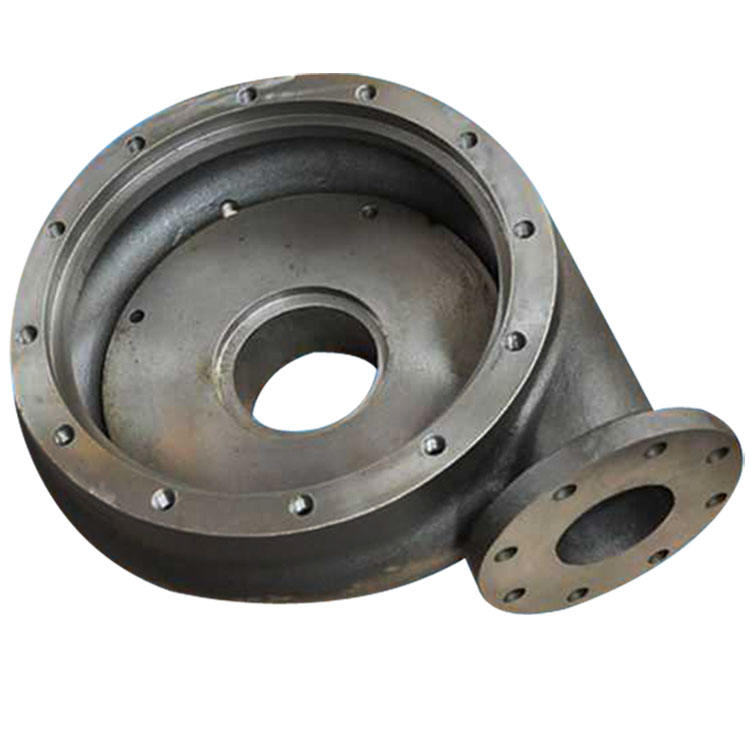Recently, media outlets reported that SAIC, Iveco, and Chongqing Hongyan are in close discussions, with the joint venture aiming to make significant progress. This news has once again brought the previously quiet Red Rock reorganization back into the spotlight within the industry.
SAIC’s interest in Hongyan stems from its ambition to build a strong presence in the heavy truck market. In July of last year, SAIC and Iveco, a subsidiary of the Italian Fiat Group, signed a formal joint venture agreement. The two companies established SAIC Iveco Commercial Vehicle Investment Co., Ltd. with a 50:50 ownership structure. It was reported that once approved by the Chinese government, SAIC Iveco would acquire a 67% stake in Chongqing Hongyan Automobile Co., Ltd. At the end of 2023, SAIC also signed a strategic cooperation framework with Iveco and Chongqing Zhongqi, aiming to reorganize Chongqing Hongyan, which is owned by CNHTC. According to the agreement, Chongqing Heavy Duty Truck Sinogas Iveco would transfer a 67% stake in Hongyan, with all three parties working together on heavy-duty vehicles and engines.
Despite these plans, progress has been slow. Industry sources indicated that the SAIC-Iveco joint working group has already relocated to Chongqing and begun participating in the management of Hongyan. This move suggests that SAIC is taking a more active role in the process.
SAIC has a history of forming partnerships to strengthen its market position. For example, its joint venture with Wuling and GM helped it gain a foothold in the micro-car segment. Now, SAIC seems to be following a similar strategy, this time targeting Hongyan for its strengths in the heavy truck sector. Five years ago, SAIC set a goal of producing 50,000 heavy trucks by the end of the "Eleventh Five-Year Plan." However, at the time, SAIC Huizhong had a production capacity of only 10,000 units, making the target challenging without external support.
Hongyan currently operates under two brands—“Red Rock†and “Steyrâ€â€”with over 25 series and more than 1,000 models. Its product range covers 5 to 60 tons, and it sells nearly 30,000 units annually. Additionally, Hongyan exports to over 30 countries, including Southeast Asia, Africa, and South America. Its strong export reputation gives it a solid international presence.
Industry insiders suggest that SAIC's acquisition of Hongyan could help it expand production capacity more efficiently than building new factories. Furthermore, Hongyan's location in the southwest region would fill a gap in SAIC’s national distribution network, supporting its broader growth strategy.
For Hongyan, the joint venture appears to be a necessary step to regain its competitive edge. Once a top player in the heavy truck market, Hongyan's market share declined significantly after 2004, falling behind competitors like China Heavy Duty Truck and Shaanxi Heavy Duty Truck. Without sufficient capital or advanced technology, Hongyan struggled to keep up with rivals who had formed strategic partnerships.
He Yong, chairman of Hongyan, emphasized that the joint venture aims to resolve technical challenges and drive product upgrades. While Hongyan isn’t technologically behind, it needs foreign expertise to accelerate development and stay ahead of the competition. He believes that integrating Iveco’s technology will shorten the R&D cycle and allow Hongyan to produce vehicles better suited to China’s conditions.
Iveco also sees the collaboration as an opportunity to expand its presence in China. The joint venture would allow Hongyan to use some of Iveco’s vehicle technology and trademarks, while SAIC, Iveco, and Chongqing Heavy Duty Truck plan to establish an engine company to design and sell commercial vehicle engines.
Experts believe the tripartite partnership brings together high-quality resources, offering benefits for all involved. It could enhance the competitiveness of Chongqing’s heavy truck industry, improve SAIC’s commercial vehicle capabilities, and extend Iveco’s reach into western China.
However, the final steps of the joint venture are still pending approval. With the National Development and Reform Commission holding the key to auto joint ventures, concerns about overcapacity may delay the process. Despite the uncertainty, all parties remain optimistic about the future.
The success of the joint venture will depend on how well the three companies can integrate their strengths and achieve their goals. Only time will tell if this collaboration leads to long-term success for SAIC, Iveco, and Hongyan.
ball valve casting,hydraulic valve parts,pump investment casting,lost wax casting pump impeller,casting pump part

Valve And Pump Components,Components for Pumps,Forged Valves Components,Water Pump Parts
NINGBO CITY YINZHOU RUICAN MACHINERY CO.,LTD , https://www.china-sandcasting.com